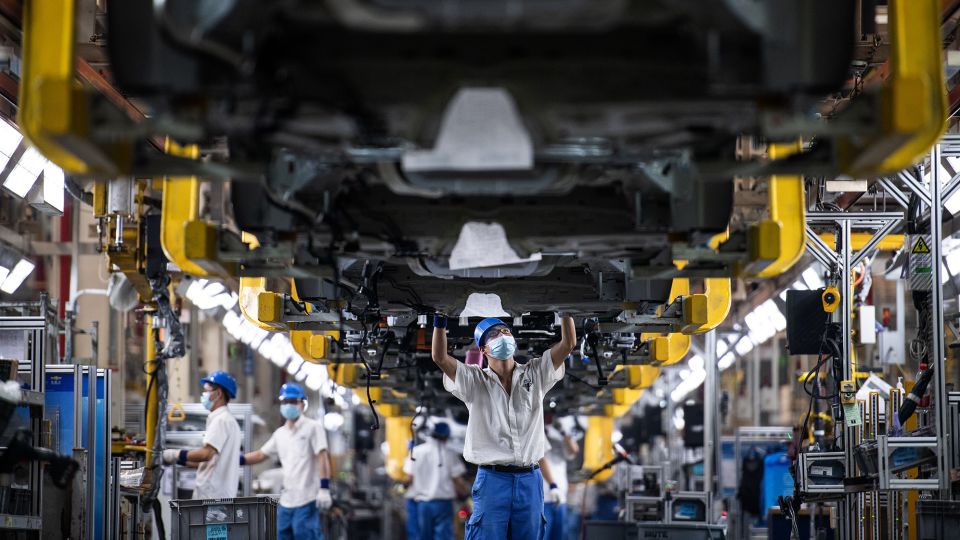General Motors (GM), once heavily reliant on the Chinese market for profits, is now grappling with significant losses there while thriving in its home market. The shift from a profitable partnership with Chinese automakers to a concerning deficit has highlighted the rapid evolution of the automotive industry in China, particularly regarding electric vehicles (EVs). The landscape has transformed dramatically, as GM reported a 19% drop in sales in China with losses aggregating around $347 million in joint ventures for the first nine months of the year. This stark contrast in fortunes underscores a pivotal change from two decades ago when GM’s ventures in China served as a lifeline during financial turmoil in the West.
Recent projections have revealed a challenging reality for GM and other Western automakers. In a recent announcement, GM stated it would reduce its net income by more than $5 billion due to restructuring efforts in China and the declining value of its operations amid shifting economic conditions. Market analysts like Jeff Schuster noted that the once thriving operations in China have transformed into financial burdens. With Western brands struggling to maintain their market positions, GM’s CEO Mary Barra expressed optimism about potentially turning around the situation, yet industry insiders are skeptical, citing that the peak years for GM in China are well behind it, leading many to question the viability of continuing in this competitive landscape.
The dominance of Chinese manufacturers has become increasingly evident, as local brands now account for approximately 70% of vehicle sales in the Chinese market. This marks a sharp contrast to the mere 38% market share of Chinese brands five years prior. As consumer preferences shift, driven by government policies promoting EVs and plug-in hybrids, international automakers find themselves vulnerable. Industry experts, including Michael Dunne, predict that many Western companies will be compelled to exit the Chinese market within the next five years unless they adapt swiftly to the changing dynamics.
A critical aspect contributing to the current plight of companies like GM is China’s accelerated transition from gasoline-powered vehicles to electric alternatives. Recognizing a stagnation in global competitiveness in traditional vehicles, China’s leadership and automakers have pivoted aggressively towards EV development. This strategic move has positioned local brands such as BYD ahead of Western competitors who, primarily focused on their gasoline lineups, failed to capitalize on this transformative market shift. As the pandemic further complicated travel and market observation for Western automakers, they largely underestimated the rapid rise of domestic EV manufacturers.
While Western car manufacturers are now ramping up their plans to introduce more electric vehicles, they remain shackled to older gasoline models for at least another decade. This delay in transitioning to EV production has been viewed as a major miscalculation, particularly when juxtaposed against the swift advances made by Chinese manufacturers. Bill Russo emphasized the urgency for Western companies to adapt and innovate in response to market realities rather than disengage from China entirely, predicting that the consequences of abandoning this critical market could be dire for their long-term sustainability.
Ultimately, navigating the volatile automotive landscape in China presents both challenges and opportunities. The inherent pressure on automakers to prioritize immediate profitability could undermine their long-term viability in a market clearly transitioning towards electric vehicles and sustainable practices. As GM and its Western counterparts reassess their strategies within China’s evolving market dynamics, they must balance the need for restructuring with the risk of losing their foothold in a crucial industry that is becoming increasingly competitive and technologically advanced. The future of Western automakers in China hinges on their ability to adapt to these profound shifts to remain relevant and profitable amid a growing preference for domestic brands.

